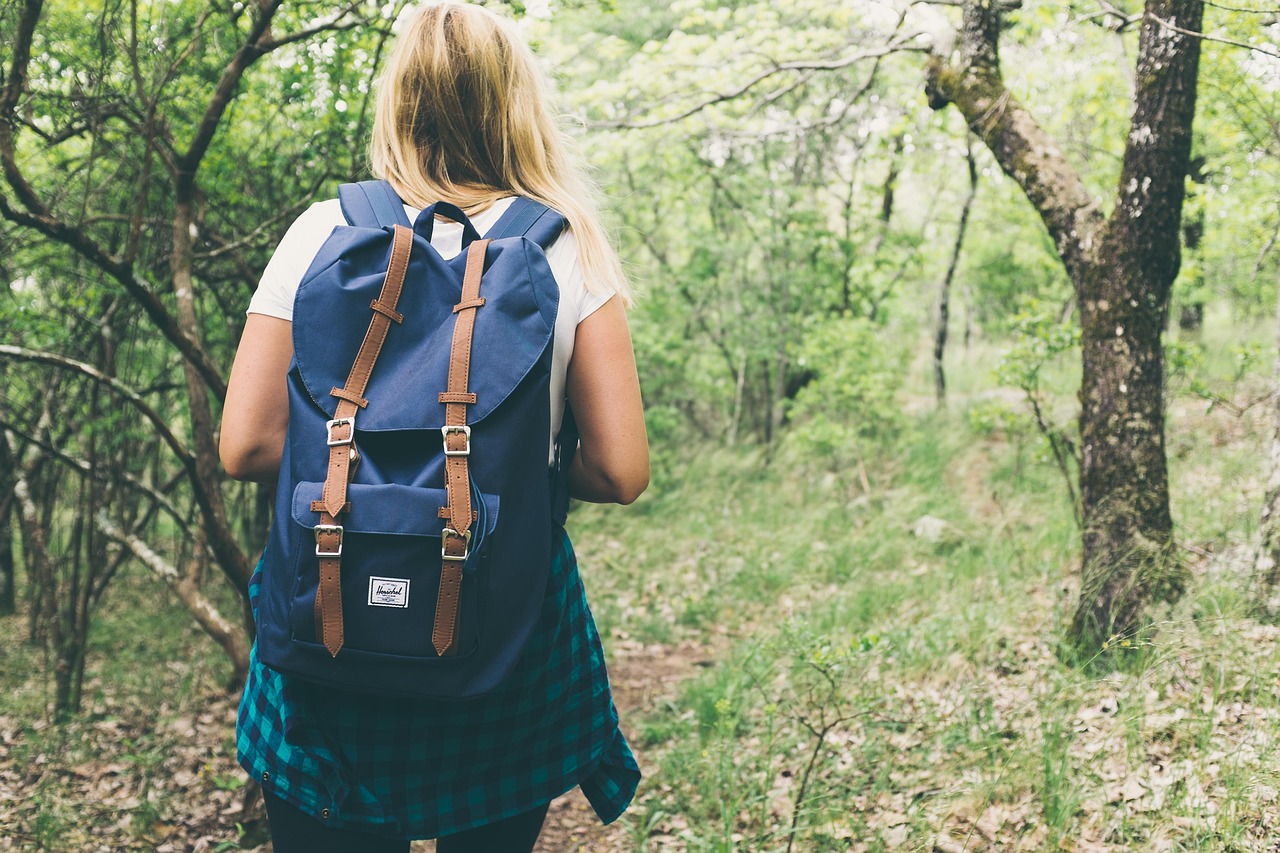How do you camp with little kids?
Camping and outdoor activities continue to grow in popularity among families and friends.
Traditionally, camping consists of tents, sleeping bags, coolers full of food, firewood, campfires, and feeling at peace while surrounded by nature. Over the years, camping has grown to include trailer campers, RVs, glamping, and even cabins, as long as a sleeping bag and an outhouse are involved.
Camping with children may not be the easiest task to take on when kids are younger, but as they age, they will appreciate the experience more and help with camping-related chores.
There may be some worries, fears, or concerns about taking babies, toddlers, and young children camping, but with proper precautions, the adventure can be just as rewarding with kids as without. Following important but simple safety guidelines will ensure everyone stays safe and has a good time.
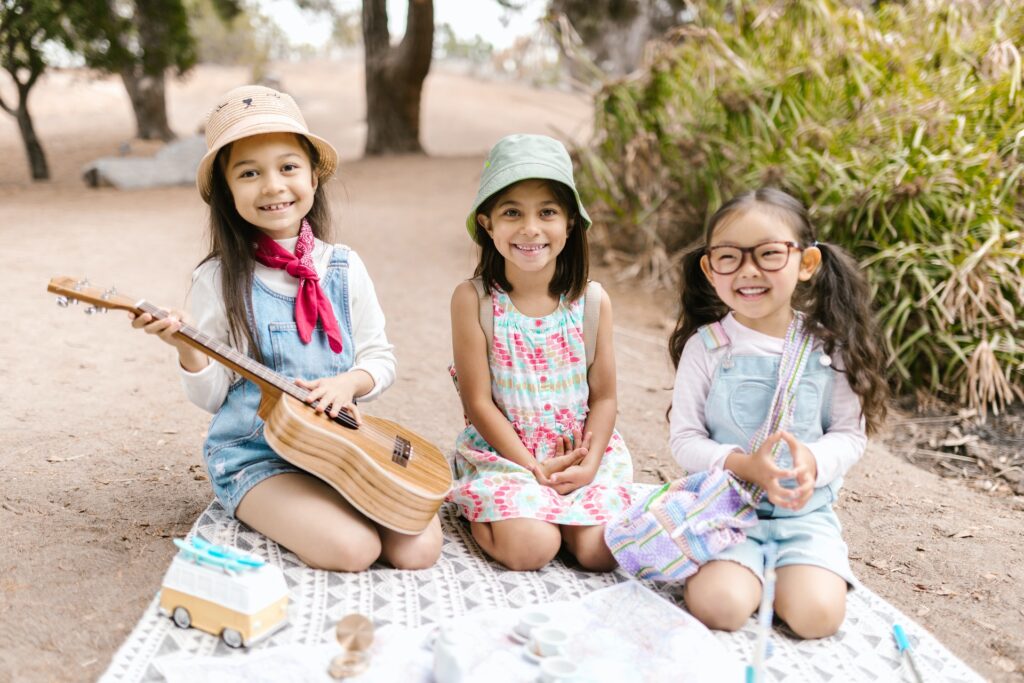
What are 5 camping safety tips?
- How do you camp with little kids?
- What are 5 camping safety tips?
- How can I make my toddler camping easier?
- 1. Practice Camping at Home
- 2. Check for Dangers Around the Campsite
- How do I keep my toddler safe while camping?
- 3. Stay Together
- 4. What kind of shoes should a toddler wear?
- 5. How do you camp with a toddler in a tent?
- Related posts you may like:
How can I make my toddler camping easier?
1. Practice Camping at Home
If possible, set up your tent in the backyard and spend a weekend practicing camping. Use sleeping bags and flashlights, and make s’mores around a firepit, if available. Spending time in a camping scenario will give your child a sense of what it will be like while away from home.
If you prefer to camp using a camper trailer, use the same approach with the camper safely and securely set up close to home. If neither of these options is easy to accomplish, using sleeping bags in the living room is also a great way to introduce ground sleeping without a child’s bed, blankets, and extra pillows.
2. Check for Dangers Around the Campsite
Before setting up the tent, check the area for holes, poisonous plants, water collection areas, rocks, fallen branches, ant hills, wasp nests, or other potentially hazardous spots. Avoid staying too close to waterways such as creeks, streams, lakes, rivers, or ditches.
Some tree species are known to have large branches that randomly fall and can topple a tent, so try not to set up directly under a large tree. Stay away from steep drop-offs, cliffs, or embankments. Once an area has been evaluated and cleared for approval, place a large tarp on the ground where the tent will be set up.
A tarp is an extra layer of protection and safety between the ground and your belongings. Also, always remember bug and insect repellents and fully stocked first aid kits.
How do I keep my toddler safe while camping?
3. Stay Together
Once a child becomes comfortable in their surroundings, they may start to wander or explore as their curiosity takes over. It is crucial for the safety of everyone that kids understand to stay with their parents and other adults in the camping party.
If the child is too young to walk independently, portable playpens are essential to keep crawlers nearby. Children just learning to walk or who have been walking without help for a while are more susceptible to wandering away without understanding the consequences of getting lost or hurt.
Establish boundaries to help young age groups stay within the campsite. Depending on the size of the campground, ropes tied to trees to outline the camping area, baby gates set up between chairs and tables, or any other form of “fencing” in the area will help show a child where it is okay to go and not go.
4. What kind of shoes should a toddler wear?
As an adult, it may sound silly to remember to wear shoes while camping, but children who have not experienced years of camping may not be so understanding.
Whether it is flip flops for enjoying time around the campsite, water shoes to wear to and from the nearby wading pool, hot spring, or stream, tennis shoes or hiking boots for walks to the outhouse or on the trailheads, there should be shoes on at all times unless sleeping.
Bugs, branches, rocks, holes, rusty nails, wood pieces and splinters, ground-crawling animals, and other dangerous debris could be stepped on at any time.
5. How do you camp with a toddler in a tent?
Make sure the tent is large enough to accommodate everyone sleeping inside. A tent does not need to be filled from top to bottom with items from home but creating a welcoming and comforting environment within the tent will soothe a toddler’s potential anxiety about being somewhere new.
A pack-n-play or portable crib can be comforting and familiar to toddlers. Sometimes white noise machines will help cover the unfamiliar sounds of the rushing water, wildlife, or wind in the trees.
Help your child feel safe by sleeping in the tent with them when they get tired. Protect their head with a beanie or soft cap, so they do not lose too much heat during the night.
Dimmable lanterns, glow sticks, and flashlights will provide light like an at-home nightlight to ease fears of the darkness. Children sleep best after an adventurous and action-filled day.
Keep kids busy and moving, even if it is small campsite games. This will also help them sleep longer through the night with little to no tossing and turning.
Related posts you may like:
- Can a 2 Year Old Use a Sleeping Bag?
- kid friendly camping california
- Is it good for kids to go camping?
- Checklist for Camping with Kids
- Camping Activities for Preschoolers
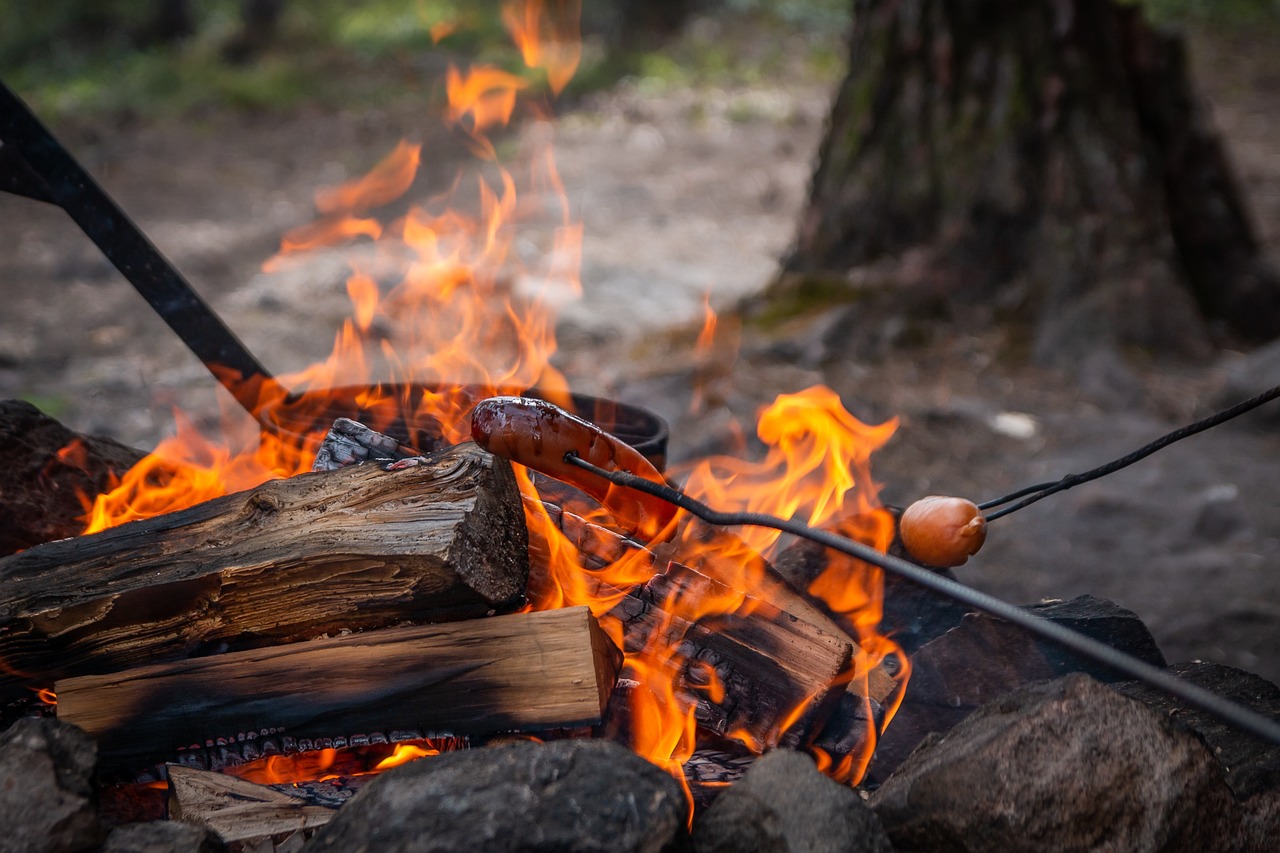
Do Campgrounds allow Campfires? (Let’s Find Out)
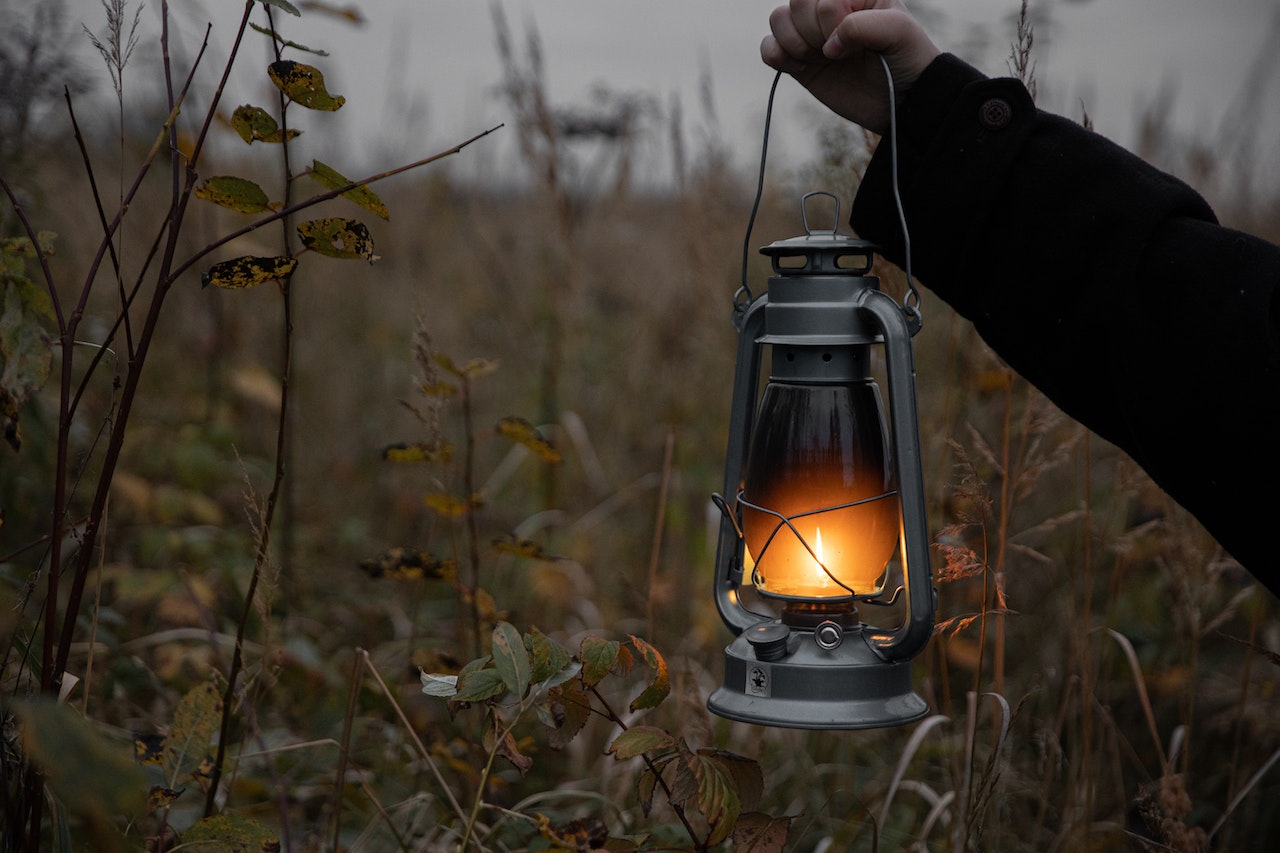
What should I look for in a camping lantern? (Beginners Guide)
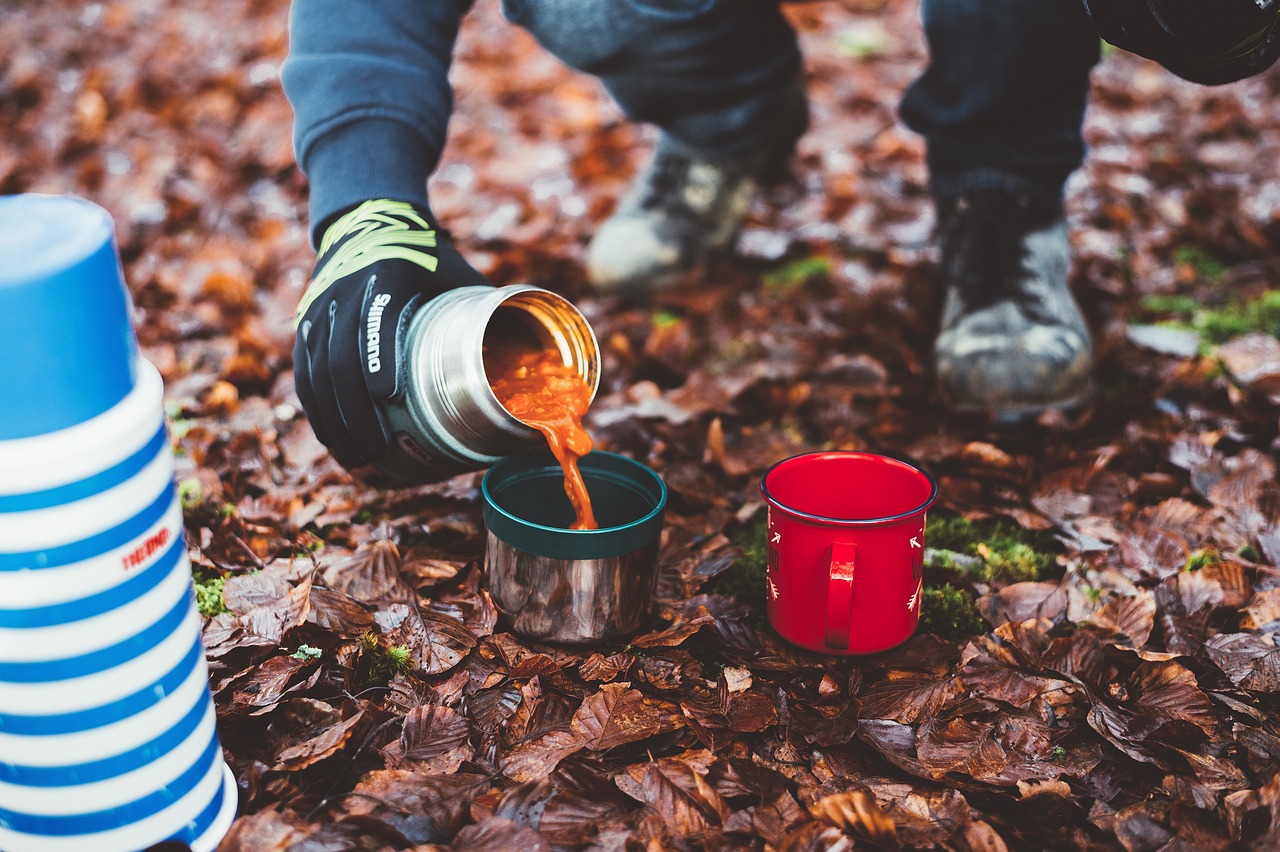
What is the purpose of a Camping vacuum bottle? (Let’s Find Out)
